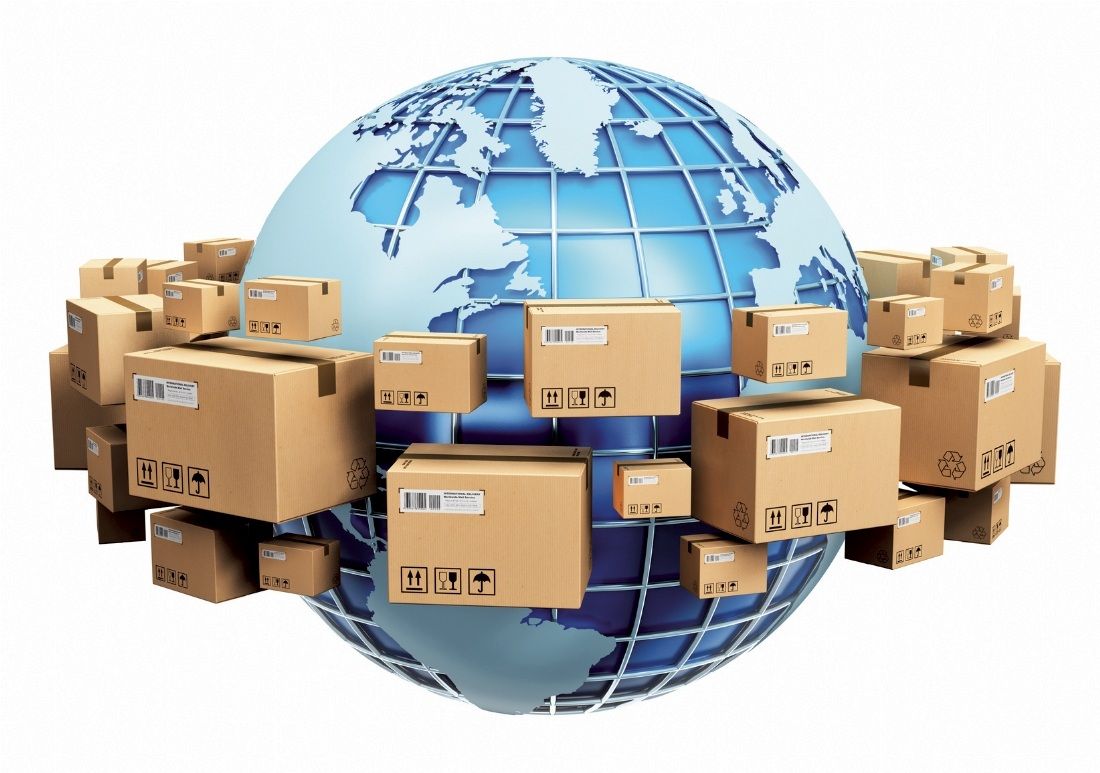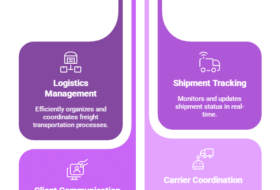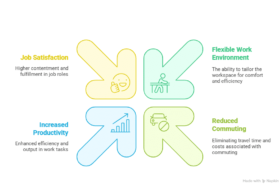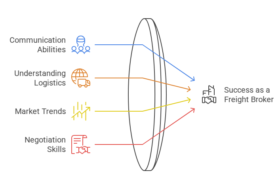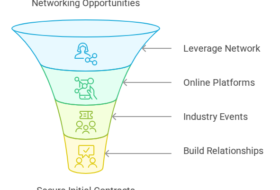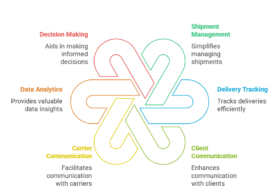The vast network of ports, container vessels and trucking companies that move goods around the world is badly tangled, and the cost of shipping is skyrocketing.
With the holiday season on the horizon retailers will face shortages and consumers should expect higher prices.
The COVID-19 pandemic has prompted a long-lasting rise in transportation costs, leaving many businesses already facing high wages and raw material prices. Some CEOs are saying they expect freight costs to rise by 2023.
The cost of transporting goods is a component at every stage of a company’s supply chain. Everything from iron ore, steel, parts and finished products has to move as raw materials are processed into global manufacturing. Shipping containers across the ocean cost more, truckers are in short supply, and gasoline is more expensive than expected earlier this year.
Logistics networks have been running at maximum capacity for months, thanks to stimulus-fueled demand led by US consumers and a pickup in manufacturing.
After a decade of consolidation among ocean shipping lines, a handful of companies dominate the major routes. This means there are generally smaller and fewer ships between ports, forcing cargo owners to pay a premium to find space.
Shipping companies expect the global crunch to continue. That’s massively increasing the cost of moving cargo and could add to the upward pressure on consumer prices.
Growth + Change = Opportunity! How are you going to capitalize on the opportunity as a freight broker, agent, dispatcher or box truck carrier!?
Check out our courses for becoming a Freight Broker, Agent or Freight Dispatcher! As always reach out to us with any questions we are here to help 7 days a week!


